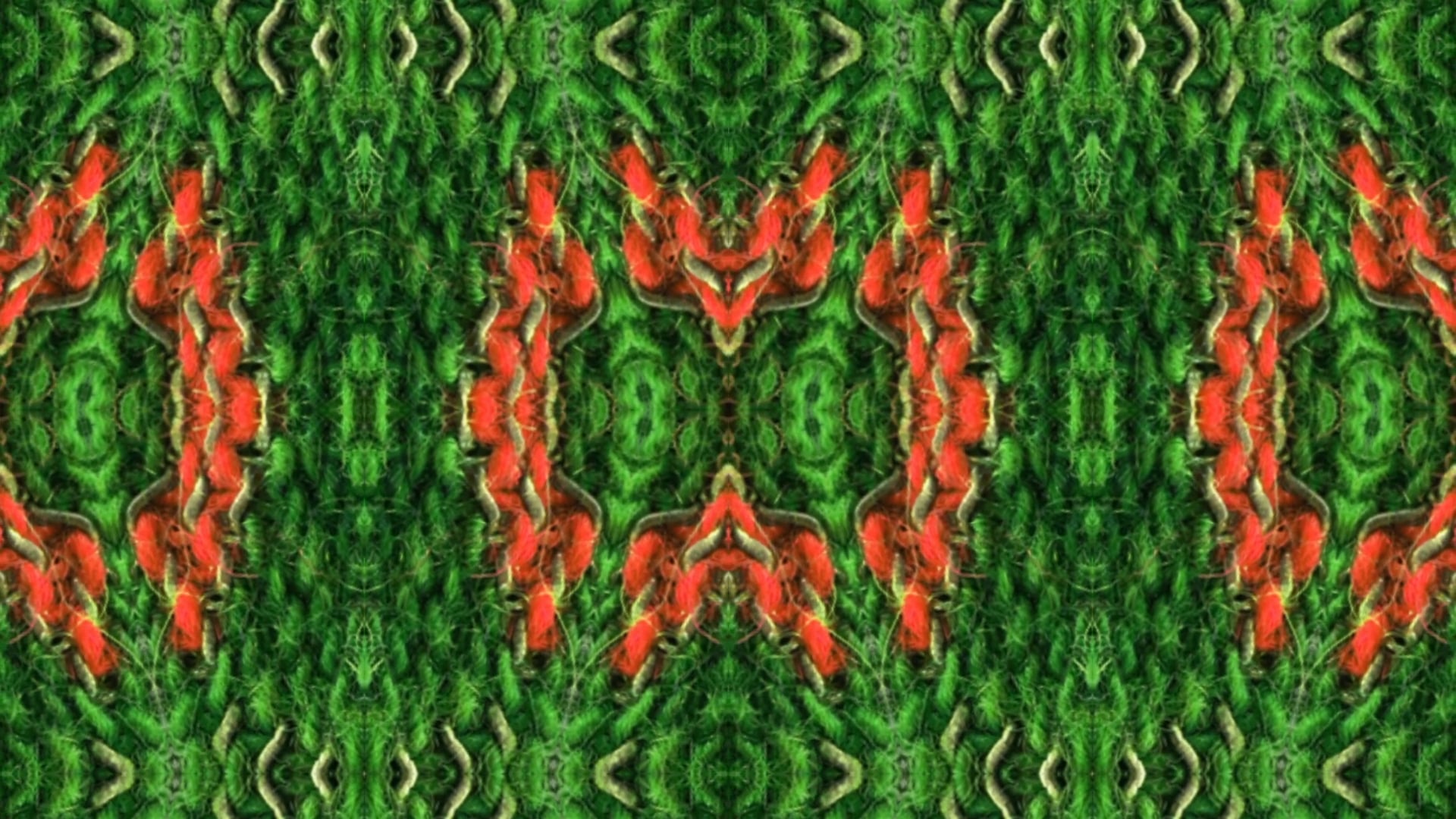
When Michelle Leung ‘21 was an undergrad at the University of North Carolina, she majored in chemistry and considered the possibilities of a career in art conservation.
Today, she’s a grad student in the Textiles, Fashion Merchandising and Design program and one of the students responsible for the department’s exciting exhibit “The Kaleidoscope of Textiles: Dress as Multidimensional Cultural Documents,” which runs through May.
“I ended up falling in love with the textile side of conservation because the clothing and textiles are so personal,” said Leung. “I feel like there’s a connection with the women that made them.”
Falling in love with textiles is what brought Leung to URI and the TMD master’s degree program, and that feeling is evident when she talks about the field of textile conservation, the intimacy of it, and the color and life and stories it contains.
“It’s like threads of time that you get to unravel.”
‘Cultural and ethnic diversity’
Last spring, Leung and her fellow TMD students—four grad students and three undergrads—researched and hand-curated the “Kaleidoscope” exhibit as a component of TMD 500 Ethnic Dress and Textiles, which explores regional styles of dress and textiles around the world.
Jessica Strübel, assistant professor of Textiles, Fashion Merchandising and Design, taught the class. Her area of expertise is the sociocultural and social-psychological aspect of dress and appearance, and her research stems from an interest in anthropology and psychology.
In the course, students explored a range of topics, such as how groups communicate through their dress, ethnic clothing and how it has evolved as material culture, the subject of body art, and the cultural appropriation of ethnic clothing.
“Dress is definitely a form of nonverbal communication. We all reveal and conceal so much about ourselves through our dress and appearance,” said Strübel. “I think it’s important for us to recognize the cultural and ethnic diversity of this country, and to appreciate it, despite what sources in contemporary society communicate.”
‘Textiles tell stories’
Each student in the class selected one or more ethnic garments about which little was known from the University’s Historic Textile and Costume Collection (HTCC) to investigate, research, and prepare for exhibition.
For Cordelia Mueller ’20, a recent TMD grad who took the class as an undergraduate, the choice was easy—an elegant ikat robe from Uzbekistan. She was drawn to the colors in the garment.
“Textiles tell stories,” she said. “Color is not just incorporated into the cloth because it’s aesthetically pleasing—-it is there to serve a purpose and tell a story. Color for so many cultures is at the root of their dress. Red is often tied with evil in the Middle East, but in China, it’s a symbol of good luck.
“Besides color, motifs also play a large role in telling us stories—pomegranates and butterflies play a talismanic role in Uzbek culture: they are said to ward off evil spirits.”
Michelle Leung decided to research a garment that “needed a little love,” and chose a simple apron from the Hutsul culture, Ukraine. She also worked with the woman’s skirt from the Miccosukee/Seminole Tribe and a number of other items to prepare them for exhibition.
Join TMD graduate student Michelle Leung ’21 for a virtual tour of “The Kaleidoscope of Textiles” exhibit.
Flexibility, opportunities
For recent grad Cordelia Mueller, who now works in a small Providence interior design firm, the opportunity to take the Ethnic Dress and Textiles graduate class and participate in the exhibit was an eye-opening and enriching experience.
“There are hundreds of ethnic groups who use dress to preserve and hold onto their ethnic identity,” she said. “If we want to learn something about a culture or an ethnic group, one of the first places to begin is by looking at their clothing.”
As an undergraduate major, Mueller’s focus was on textiles and design, and she talks about the strengths of the program: its broad range of choices, the expertise of the faculty, the opportunities to do research and to have access to the University’s Historic Textile and Costume Collection, which contains approximately 20,000 items.
TMD programs are interdisciplinary: courses in the program deal with textiles and fashion from the perspectives of business, art and design, science, sociology, anthropology, and history.
“I’d like to have my own interior design firm someday,” Mueller added, noting how much she appreciated the availability of TMD-related business courses in the program.
This summer, Michelle Leung heads to the Cincinnati Art Museum for a coveted internship in textile conservation, and when she talks about her program, she stresses the range of opportunities it offers. The “Kaleidoscope” project was the second exhibit she’s been heavily involved in, an asset as she works toward a career in museum textile conservation.
“I think what I really appreciate about the URI program is its flexibility,” she said. “You can kind of mold your own program. I can take all these textile conservation courses, and still be able to dip my toes into the cultural analysis, textile science, even fashion business. Our faculty are so knowledgeable, experts their fields.
“The URI program is special. All we need is a museum for our amazing collection.”
—Nicki Toler
About the Exhibit
“The Kaleidoscope of Textiles” exhibit is open daily, 9 a.m. – 4 p.m., Quinn Hall. You can also see and learn more about the individual garments in the exhibit on the Historic Textile and Costume Collection website.
The exhibit represents a collaboration between two courses in the Textiles, Fashion Merchandising, and Design Department: Ethnic Dress & Textiles (TMD 500 taught by Assistant Professor, Jessica Strübel) and Special Problems in Textile Conservation (TMD 568 taught by adjunct instructor, Rebecca Kelly). Thanks to HTCC Collections Manager Susan Jerome and to Conor Steele, who photographed the exhibit.
This exhibition is made possible through the support of “The Winnie” grant, awarded by URI’s Center for Humanities.
